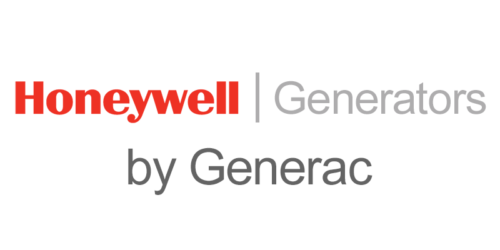What Does It Do?
The transfer switch monitors your home’s utility power. When it detects a disruption in power (usually of 10 seconds or more) it starts your generator. When your generator is producing the correct amount of electricity, it closes the connection with utility power and opens the connection with generator power, supplying power to your home. When utility power is restored, the transfer switch detects it, closes the connection to generator power, opens the connection to utility power, and powers down your generator. All of this is done automatically without any involvement from you.
How Do I Choose the Right One?
Selecting the appropriate transfer switch depends on what items you want to supply backup power to and how you want that power controlled. Here are the options:
Complete Whole House Power: The transfer switch will supply power to your entire home at all times.
Managed Whole House Power: With a power management system, your generator can work smarter. It protects all your home’s circuits by cycling power on and off as needed for different appliances.
Essential Circuit Power: Essential coverage protects only your most important circuits — such as lights, furnace, water heater, refrigerator/freezer and sump pump.
What Is Load Management?
Load management is a function of a home backup power system that routes the appropriate amount of power to the circuits and appliances that need it most. The transfer switch directs power away from less power-hungry appliances (refrigerator) to more power-hungry appliances (central air conditioner) when needed. When those power-hungry loads are no longer needed, the transfer switch restores power to the less power-hungry circuits and appliances.
What Does It Look Like? Where Does It Go?
A typical home backup transfer switch is contained within an aluminum box. Inside are the connections and mechanisms needed to hook up your generator to your home’s electrical circuits.
Transfer switches are installed within close proximity of your home’s utility panel due to the connections that run in between your utility panel and your home generator. This is usually in your home’s basement or, in some instances, on the exterior of your home. Transfer switches that are installed on the exterior of the home are made to resist weather like rain and snow.
Do I Really Need One?
Transfer switches are a required component for your home backup power system. Without a transfer switch your generator wouldn’t know to turn on and supply power to your home during a power outage. The transfer switch also tells the generator’s power supply which circuits need power.




